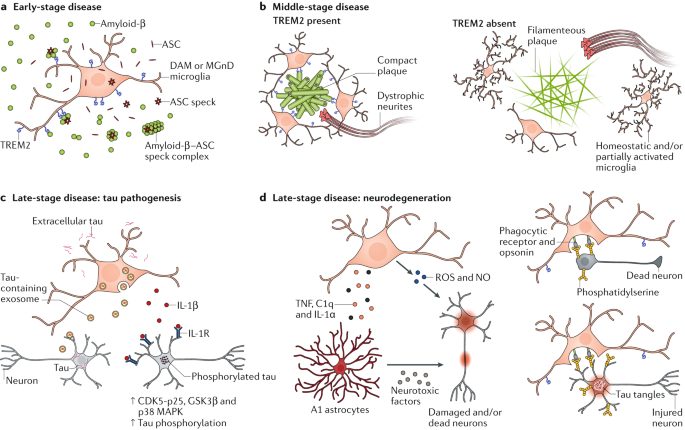- Select a language for the TTS:
- UK English Female
- UK English Male
- US English Female
- US English Male
- Australian Female
- Australian Male
- Language selected: (auto detect) - EN
Play all audios:
Nasojejunal feeding tubes are used to provide enteral nutrition to children at risk for pulmonary aspiration. Determination of tube position without x-ray would facilitate placement and
reduce radiation exposure. We determined the validity of 5 indicators (color, pH, and concentrations of bilirubin, pepsin and trypsin in aspirated gastrointestinal secretions) in predicting
post-pyloric placement of feeding tubes in critically ill children. Feeding tubes were aspirated within 30 minutes of obtaining an x-ray to assess tube position. Aspirates were visually
inspected for color. pH was measured using pHydrion Micro test paper (Micro Essential Laboratory, Brooklyn, NY). Bilirubin concentration was measured at the bedside using N-Multistix SG
reagent strips (Bayer Corporation, Elkhart, IN) with a modified color scale. This color scale was specifically developed for assessing bilirubin concentration in gastrointestinal secretions.
Pepsin and trypsin concentrations were determined spectrophotometrically in a research laboratory. Sensitivity, specificity and predictive values for each indicator, and their 95%
confidence intervals were determined. Seventy-eight aspirates were obtained from 41 children with median age 2.7 years (range 0.02-19.0 years). Forty-seven aspirates were obtained from
patients receiving H2 receptor blocking agents or antacids. Validity data for each indicator is shown in the table.
Conclusion: Simple bedside tests for pH and bilirubin can be used to objectively predict feeding tube position with a high degree of accuracy. Use of these tests can be expected to reduce
the number of x-ray studies needed to confirm the post-pyloric location of feeding tubes.
Anyone you share the following link with will be able to read this content:







:max_bytes(150000):strip_icc():focal(399x0:401x2)/they-took-child-01-800-ba15c0972f404575b6beeb8a8f4b5851.jpg)

